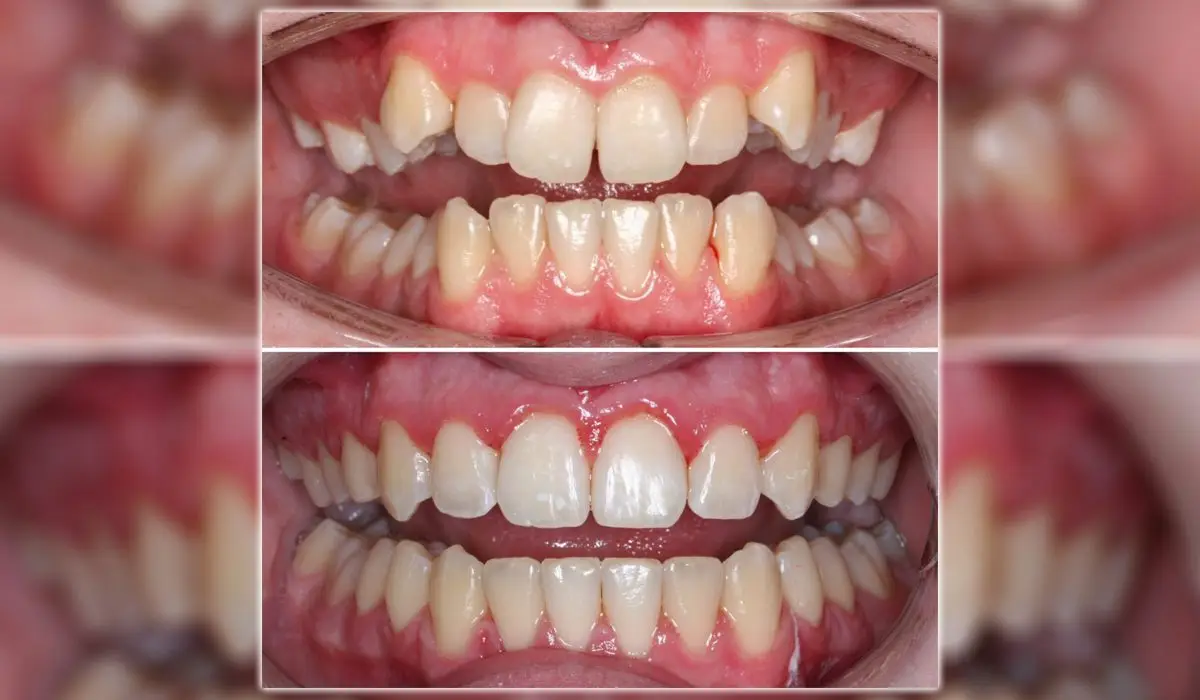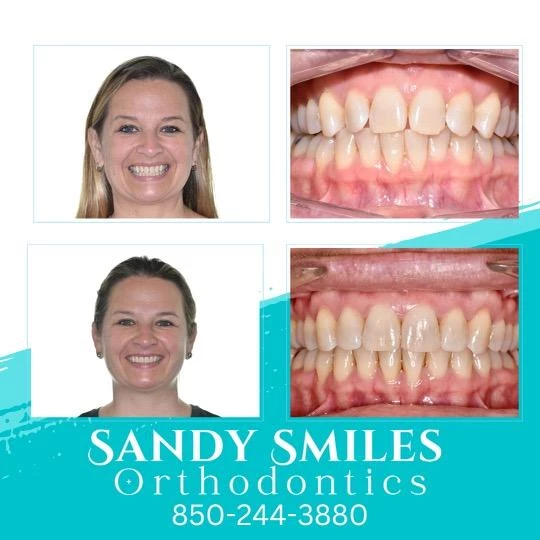Invisalign vs. Traditional Dental braces: Which Choice Is Right for You?
When thinking about orthodontic therapy, the option in between Invisalign and conventional braces provides numerous essential variables that warrant cautious evaluation. Invisalign offers a very discreet choice with detachable aligners, while standard braces give a more visible yet reliable option for severe misalignment.
Overview of Therapy Alternatives

In comparison, conventional braces are composed of steel braces and cords that are bound to the teeth. This method applies constant stress gradually to achieve placement. While effective for complex orthodontic problems, standard braces require normal visits for modifications and can pose challenges in maintaining oral health as a result of the problem of cleaning up about cords and brackets.
Both choices have their benefits, and the option commonly rests on specific oral conditions, way of living choices, and client compliance. Eventually, getting in touch with an orthodontic professional is important for establishing one of the most ideal therapy strategy customized to private needs. Understanding the nuances of each alternative can considerably influence the general success of orthodontic treatment.
Aesthetic Factors To Consider
A considerable factor influencing the choice between Invisalign and typical braces is the visual appeal each therapy offers. Invisalign aligners are crafted from clear plastic, making them practically unnoticeable when put on. This very discreet appearance is especially appealing to adults and young adults who may feel uncomfortable about their orthodontic treatment. The capability to preserve a natural smile throughout the positioning procedure can dramatically boost the client's self-confidence in social and expert setups.
On the other hand, traditional braces are composed of steel braces and cords, which can be a lot more obvious. While advancements in orthodontic innovation have actually resulted in the growth of smaller braces and colored elastics, traditional dental braces still preserve a more obvious profile. For some individuals, the visibility of braces may prevent them from looking for necessary therapy.
Ultimately, the option in between Invisalign and conventional braces may rest on individual choices relating to aesthetic appeals. People that focus on discretion usually lean toward Invisalign, while those that are less worried regarding visibility might select typical dental braces. Comprehending the visual ramifications of each option is crucial for making an educated choice that straightens with one's way of life and choices.
Convenience and Convenience

In regards to comfort, Invisalign aligners are detachable, making it possible for individuals to appreciate their favorite foods without restriction and keep optimum dental health. Brushing and flossing are streamlined, as the aligners can be secured throughout these regimens, whereas traditional braces require careful navigating around cords and braces.
In contrast, conventional braces necessitate regular modifications, making them less practical for those with busy routines. Generally, the comfort and comfort of Invisalign make it an appealing choice for many people seeking orthodontic treatment.
Treatment Duration and Efficiency
While both Invisalign and standard braces are efficient in correcting oral misalignments, the period of treatment can differ considerably in between both alternatives. Commonly, Invisalign treatment can take anywhere from 12 to 18 months, relying on the complexity of the situation. The clear aligners work by slowly changing teeth into their desired positions, and routine follow-ups with an orthodontist assistance ensure progress stays on the right track.
In comparison, traditional dental braces typically need a longer dedication, usually ranging from 18 months to 3 years. This is because of their fixed nature and making use of braces and cables, which can be more reliable for extreme imbalances and intricate situations (Invisalign). The therapy efficiency of traditional braces is well-documented, as they allow for accurate view publisher site adjustments and better control over tooth movement
Ultimately, the selection in between Invisalign and conventional dental braces may pivot on both the anticipated treatment duration and informative post the specific dental concerns available. Consulting with an orthodontist is vital, as they can supply customized suggestions based upon individual needs, making sure the chosen method lines up with desired outcomes and durations.
Cost Contrast and Insurance Policy Choices
Expense plays a considerable role in the decision-making process for people considering orthodontic treatment, whether choosing Invisalign or conventional braces. Typically, the price of Invisalign arrays from $3,000 to $8,000, while conventional dental braces generally cost between $2,000 and $6,000. Elements influencing these costs consist of the intricacy of the situation, the duration of treatment, and geographical area.
Numerous oral insurance strategies offer partial insurance coverage for orthodontic treatments, but the specifics can differ widely. Normally, conventional dental braces might be much more regularly covered by insurance plans contrasted to Invisalign, which some insurance providers categorize as a cosmetic procedure.
Furthermore, several orthodontic methods offer flexible layaway plan, making both treatment options a lot more obtainable. Individuals need to inquire concerning potential financing alternatives and price cuts for in advance settlements. Reviewing the overall price, consisting of insurance policy benefits and settlement plans, is vital for making an informed choice that straightens with both aesthetic choices and spending plan factors to consider.

Verdict
In recap, the selection in between Invisalign and conventional braces depends upon multiple elements, including visual choices, convenience, treatment duration, and cost. Invisalign offers a discreet, removable choice that helps with oral health and nutritional flexibility, while typical braces may be better for complicated oral issues and usually come at a lower cost factor. Ultimately, examination with an orthodontist is necessary to assess individual circumstances and establish one of the most proper therapy choice for attaining optimum dental alignment.
When taking into consideration orthodontic therapy, the option in between Invisalign and typical braces presents numerous crucial variables that merit cautious evaluation.Contrasting Invisalign and typical braces exposes distinctive treatment options for orthodontic adjustment.While both Invisalign and traditional dental braces are reliable in correcting click over here dental imbalances, the duration of therapy can differ considerably between the two choices.Expense plays a substantial function in the decision-making procedure for individuals considering orthodontic therapy, whether deciding for Invisalign or standard braces.In recap, the option in between Invisalign and conventional braces pivots on multiple aspects, consisting of aesthetic preferences, comfort, treatment duration, and expense.